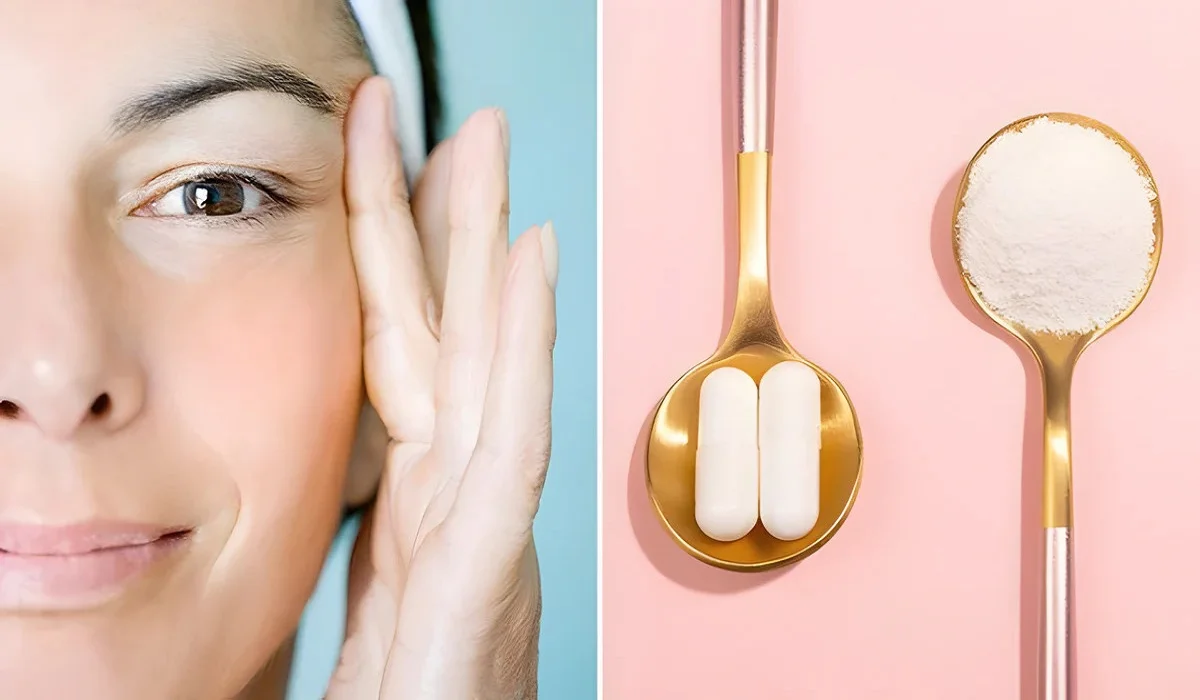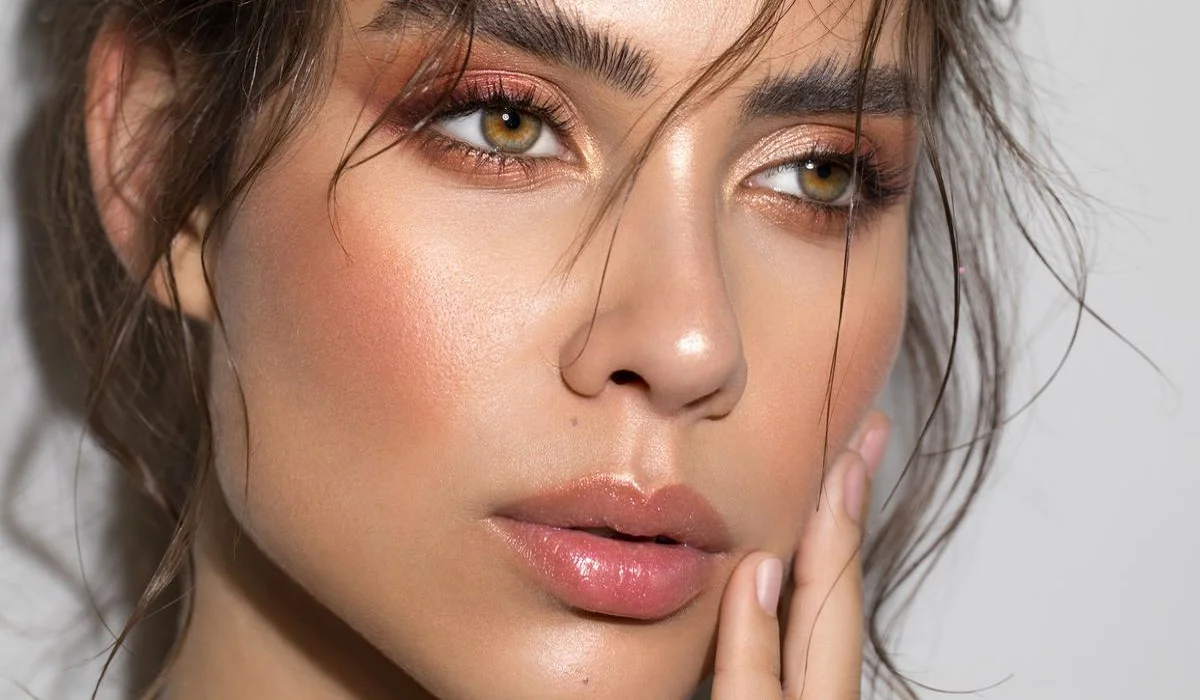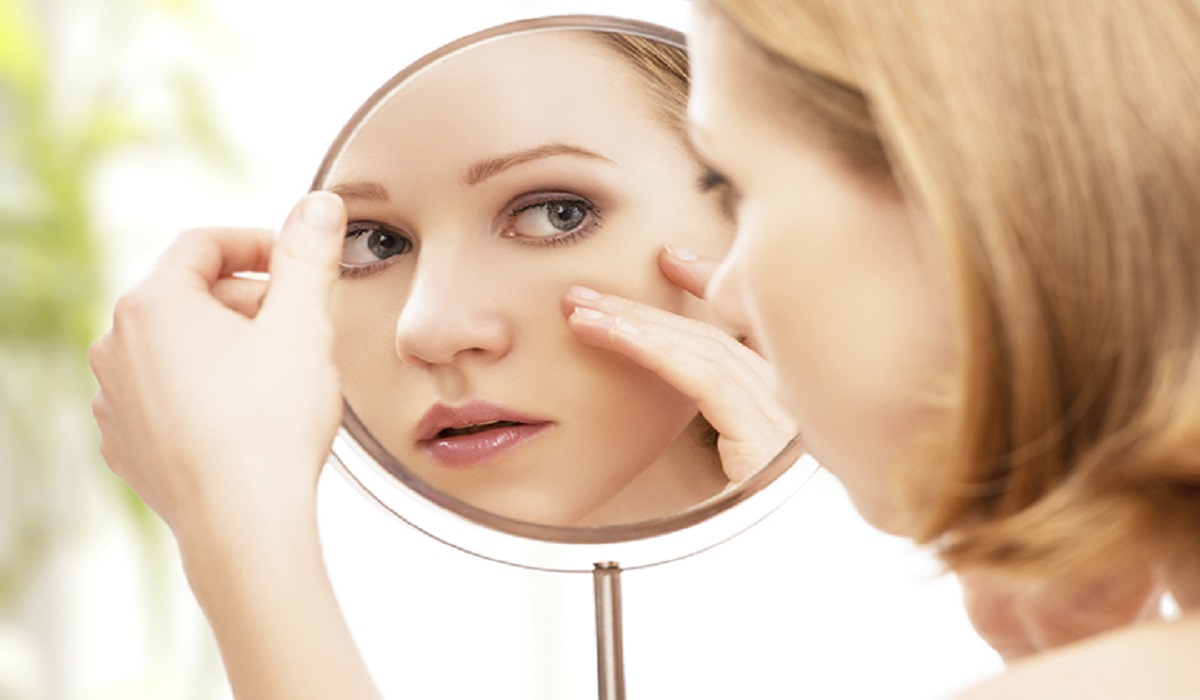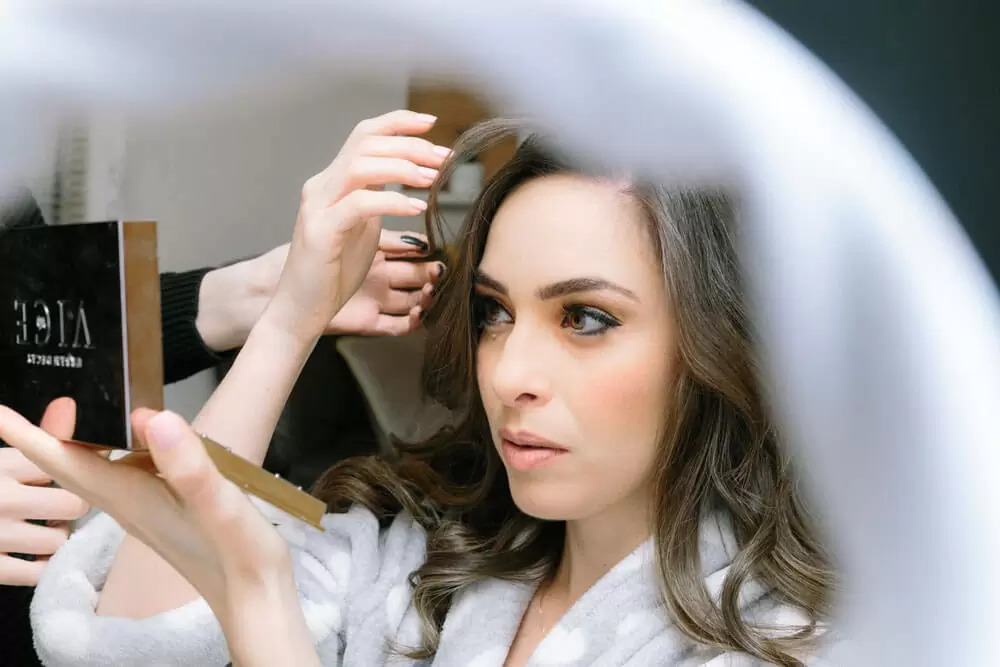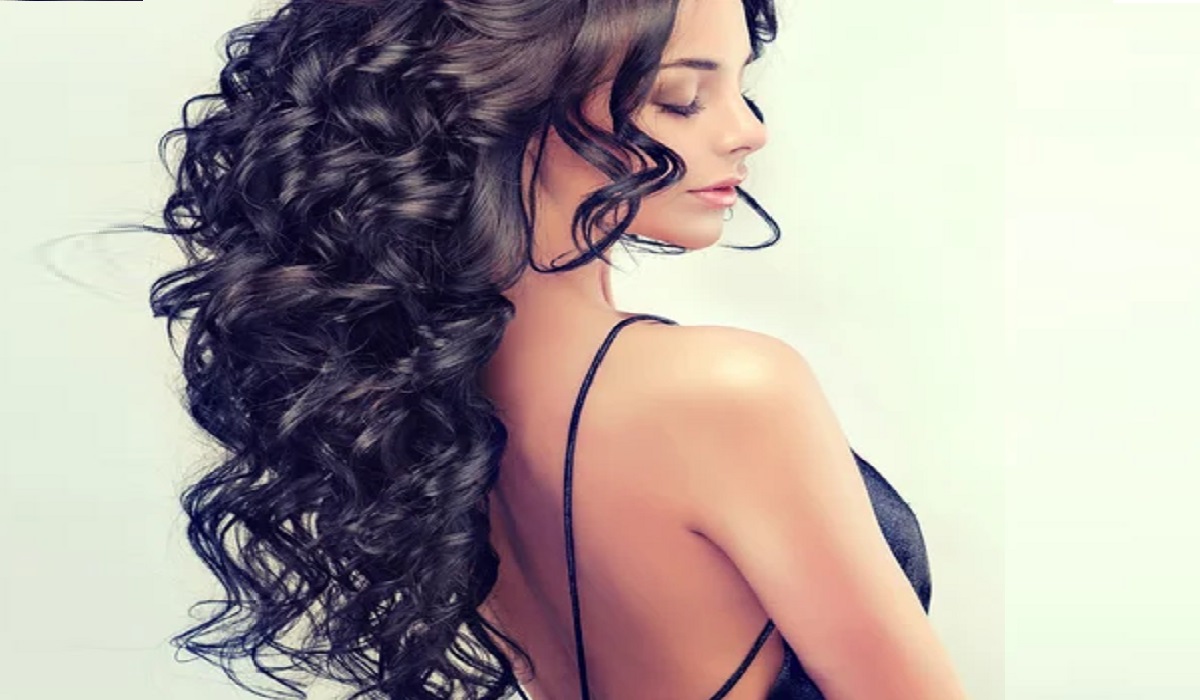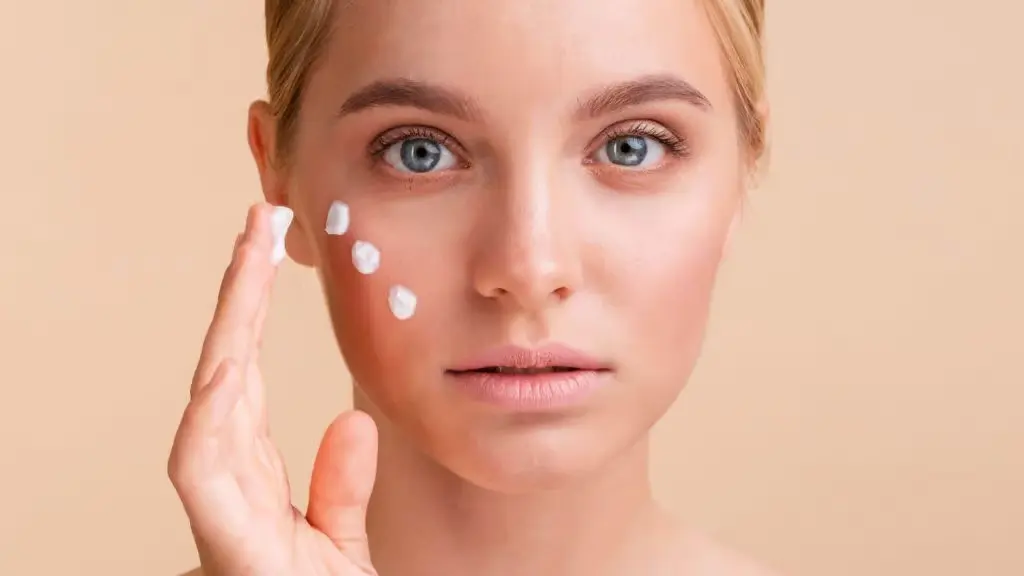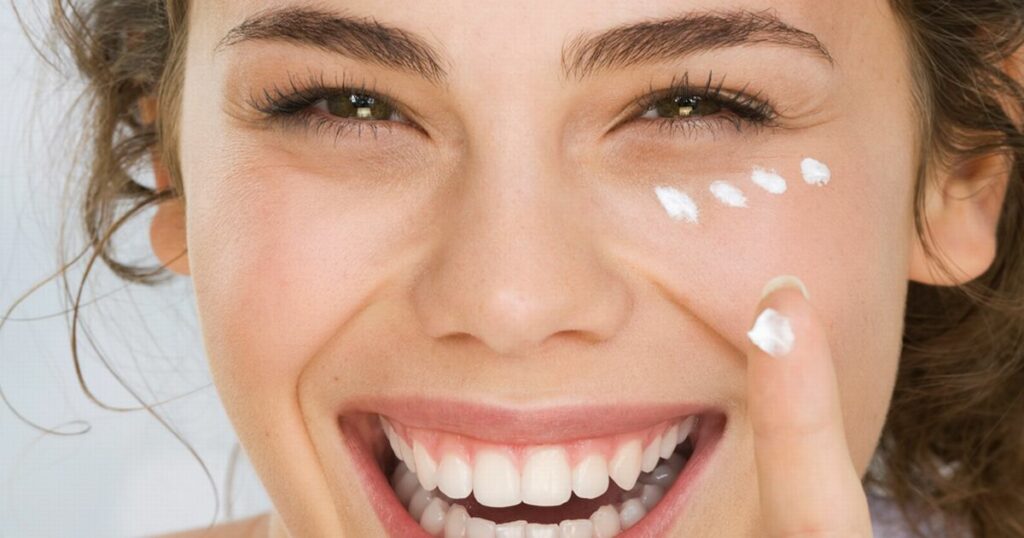
Eye contour cream has quickly become one of the go-to products in skincare to combat signs of aging, fatigue and environmental stressors; many individuals swear by it to revitalize and rejuvenate the delicate skin around their eyes. We will discuss what eye contour cream is as a product; its key ingredients, benefits, application techniques and much more in depth so that by the end you are well informed to decide whether adding this transformative product into your routine or not.
Understanding Eye Contouring
Before diving deeper into eye contour cream products, let’s first grasp their concept. Eye contour refers to the delicate area surrounding our eyes which is especially prone to skin concerns due to having thin skin which is particularly susceptible to UV rays, pollution and the natural aging process.
Eye Contour Related Issues and Concerns
Eyelid skin can be particularly susceptible to various issues that could potentially include:
Fine Lines and Wrinkles: Over time, thin skin combined with constant movements such as blinking and squinting can contribute to fine lines and wrinkles on our faces, particularly as we age.
Dark Circles: Sleep deprivation, genetics and other contributing factors may create dark circles under your eyes that give an appearance of tiredness.
Puffiness: Fluid retention and inflammation may result in puffy or bag-like formation under the eyes, giving an appearance of being tired or puffy.
Flakeiness and irritation: With few oil glands to protect its eye contour from drying out and flakiness, eye contours often suffer from dryness, flakiness, and irritation.
Crow’s Feet: These fine lines radiating out from the corners of your eyes often due to repeated facial expressions or sun exposure can occur as a result of repeated expressions or exposure.
Now that we are more acquainted with the challenges affecting eye contour, let’s investigate whether eye contour cream could provide any solutions to address them.
What Are My Eye Contour Options?
Eye contour cream (also referred to as eye cream) is a targeted skincare product developed specifically to address issues pertaining to the delicate area surrounding the eyes. Formulated to offer hydration, nourishment and protection to this delicate region. Eye creams tend to have thicker textures than facial moisturizers due to containing ingredients tailored towards targeting common concerns about this delicate region of the face.
Key Components in Eye Contour Creams
Hyaluronic Acid: Hyaluronic acid acts as an excellent moisturizer that locks in moisture within your skin cells to plump it up and diminish fine lines and wrinkles.
Peptides: Peptides are amino acids which can aid collagen production, providing skin elasticity benefits while slowing signs of aging.
Retinol: Derived from vitamin A, Retinol has long been recognized for its ability to promote cell turnover, increase collagen production and diminish dark spots.
Antioxidants: Vitamin C and E provide powerful protection from free radicals, helping prevent premature aging while diminishing puffiness.
Caffeine: Caffeine’s ability to constrict blood vessels and decrease inflammation makes it an effective remedy against puffiness and dark circles.
Ceramides: Ceramides help the skin maintain an effective moisture barrier to combat dryness while improving texture overall.
Botanical Extracts: Natural botanical extracts such as chamomile, cucumber and aloe vera help soothe and calm skin irritation by soothing natural remedies like aloe vera gel or creams.
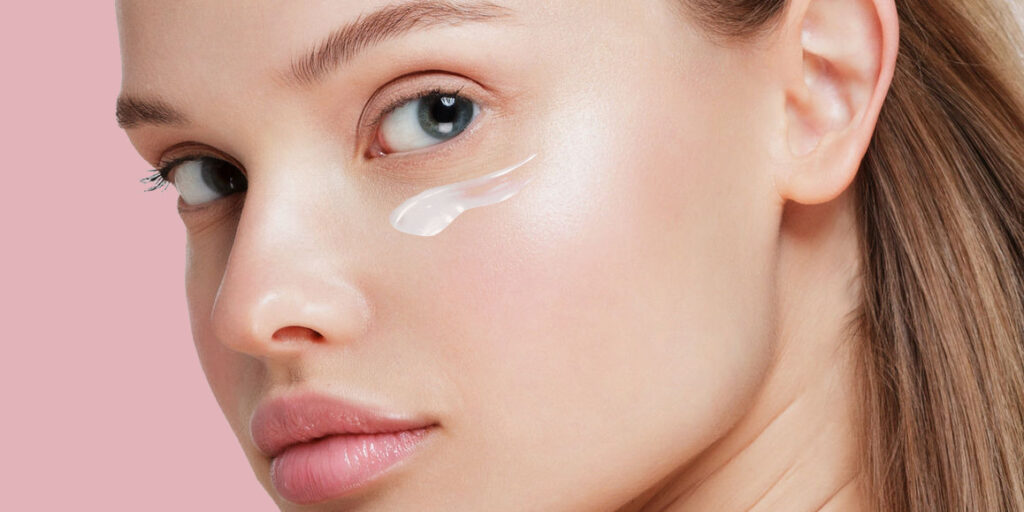
Benefits of Eye Contour Cream
Hydration: Eye contour creams offer essential moisture for keeping skin supple and smooth around the eyes. Hydrating is key for maintaining youthful eyes!
Wrinkle Reducing Ingredients: Peptides and retinol are proven effective ingredients that promote collagen production, helping reduce fine lines and wrinkles with time.
Reducing Dark Circles: Eye creams containing antioxidants and caffeine may help minimize dark circle appearance by improving circulation and decreasing pigmentation.
Puffiness Reduction: Caffeine and anti-inflammatory ingredients present in eye creams may help constrict blood vessels to help diminish puffiness or bags under your eyes, thus decreasing puffiness or bags underneath them.
Protection: Eye contour creams contain antioxidants and other protective ingredients which provide essential defense from environmental stressors like UV radiation and pollution, keeping delicate skin protected against adverse influences such as UV rays.
Select the Appropriate Eye Contour Cream
Selecting an eye contour cream that meets your specific needs is of utmost importance, here are a few factors you should keep in mind when making this important decision:
Skin Type: Before selecting an eye cream for yourself, take into consideration your unique skin needs – dryness, oiliness, sensitiveness or combinations among them all may all factor in. Choose one specifically crafted to meet them!
Your Concerns: Determine your primary eye concerns – be they wrinkles, dark circles or puffiness – then search for an eye cream designed specifically to address those.
Ingredients: Pay close attention to the list of ingredients, looking out for key components like hyaluronic acid, retinol and antioxidants that align with your skincare goals.
Texture: Eye contour creams come in many textures – from lightweight gels to luxurious creams – so find one that feels right for you and fits with your aesthetic needs.
Allergies or Sensitivities: If you suffer from allergies or sensitivities to specific ingredients, be sure to carefully read over product labels for potential triggers that might irritate you.
How to Apply Eye Contour Cream
Proper application of eye contour cream is crucial to maximize its benefits while mitigating potential side-effects. Here’s our step-by-step guide:
Start With Clean Skin: Begin your facial skincare regime by cleansing with a mild sulfate-free cleanser to effectively eliminate makeup, dirt and impurities from the surface of the skin.
Use Your Ring Finger: Since its gentle pressure exerted on delicate skin is unrivaled, using your ring finger is the optimal method for applying eye cream without risk of tugging or stretching it further than necessary.
Start Small: Eye contour cream can go a long way when applied sparingly – use just a pinch-sized amount on each eye for optimal results.
Dot the Cream: Gently dot cream along your orbital bone – which encases your eye socket – until just beyond where your eyelash line lies to avoid accidentally getting any in your eyes. Avoid applying too close to lashes as well, to prevent irritation of eyeballs.
Pat, Don’t Rub: To maximize absorption without frictional forces, patting gently using your ring finger is best way. Patting will promote absorption without creating too much tension on skin surfaces.
Wait a Moment: Allow the cream to absorb for several minutes prior to applying any makeup or other skincare products.
Apply Twice Daily: For optimal results, apply eye contour cream twice daily as part of your skincare regime in the morning and evening. This ensures maximum benefits!
Be Reliable: Consistency is key when it comes to skincare; daily application of eye contour cream will yield optimal results over time.
Misconceptions About Eye Contour Creams (ECWBs)
There are various myths related to eye contour cream which we should dispel:
“Eye Creams Can Replace Moisturizers”: Eye contour creams may offer targeted benefits; however they should not replace regular moisturizer. Your eye area benefits equally from both types of treatment products: an eye cream with specific formulation for eye area needs as well as one designed specifically to moisturize facial tissue.
“Eye Cream Should Begin Use in Your 40s”: Preventative measures can often prove more successful than corrective ones, so starting using eye contour cream early to maintain youthful eye contour area health and youthfulness could prove advantageous in helping prevent fine lines, wrinkles, puffy eye bags or dark circles from developing in later years. Doing this early could reduce wrinkles as well as other concerns like puffiness or dark circles more effectively than waiting.
“One Eye Cream Fits All”: Not all eye contour creams are created equal; what works well for one person may not work at all for someone else. Therefore, it is crucial that you select an eye cream tailored specifically to your own unique needs and skin type – one product may reduce puffiness but be ineffective against fine lines; so make your selection accordingly.
“Eye Creams Can Completely Erase Wrinkles”: While eye contour creams may help improve the appearance of wrinkles and fine lines around your eye area, they won’t completely erase them if they have long-established wrinkles and lines. Setting realistic expectations when it comes to using eye cream as part of an overall skincare regime will lead to optimal results.
“More is Better”: Overeager application of eye contour cream may waste product and not produce better results; typically a small amount should suffice for both eyes. Applying too much can overstretch delicate skin, leading to irritation.
“Eye Creams Work Overnight”: While eye contour cream may produce noticeable improvements within weeks or months of consistent usage, be patient. Maintaining skin health requires long-term commitment; using eye cream consistently over the span of weeks or months can bring about much-needed results.
Advanced Techniques and Tips
Are You Looking to Upgrade your Eye Contour Cream Application Process? Consider these advanced techniques and tips:
Layering: If your concerns include both puffiness and fine lines, layer different eye creams accordingly. Apply one that targets puffiness first; allow time for its absorption before continuing with another that targets fine lines.
Cooling Tools: Some individuals find that using cooling tools such as jade rollers or metal eye massagers to maximize the efficacy of eye contour cream can enhance its benefits, including product absorption and decreasing puffiness. These devices help minimize puffy eye bags.
Patch Testing: When trying a new eye contour cream or having sensitive skin, always conduct a patch test first to ensure no adverse reactions occur. This should prevent any unexpected skin reactions when applied around your eyes.
Consistency Is Key: For long-lasting results, consistency is of utmost importance. Maintain your eye contour cream routine even once improvements begin to show as this will help preserve their benefits over time.
Sun Protection: When outside, wear sunscreen. UV rays from the sun accelerate skin aging, making it critical to shield this sensitive eye area with adequate sun protection.
Diet and Hydration: Don’t limit skincare products alone as an approach – diet and hydration play an integral part in maintaining skin health and beauty – including eye contour health.
Integrate an Eye Contour Cream into Your Skincare Routine
Now that you understand what eye contour cream is and its workings, let’s go through how best to incorporate it into your skincare regimen:
Cleaning: Before any product application occurs, start off with a gentle cleanser to clear away makeup, dirt and oil build-up and ensure maximum product absorption.
Toning (Optional): If using toner, be sure to apply it after cleansing – however make sure it’s alcohol-free and gentle as harsh toners may dry out your eye contour too much.
Serums (Optional): When applying serums as part of your skincare regime, use it before your eye contour cream application. Many serums contain active ingredients that will complement its effectiveness and can work to reinforce the benefits.
Eye Contour Cream: As directed in the previous section, apply a small amount of eye contour cream directly under each eye area by patting in gently until completely absorbed into skin.
Moisturizer: Use an appropriate moisturizer that fits with the needs of your skin type to lock in moisture and create an additional barrier against environmental stressors.
Sunscreen (Daytime): For daytime protection, finish your morning routine off right by applying broad spectrum SPF that offers UVA/UVB ray protection.
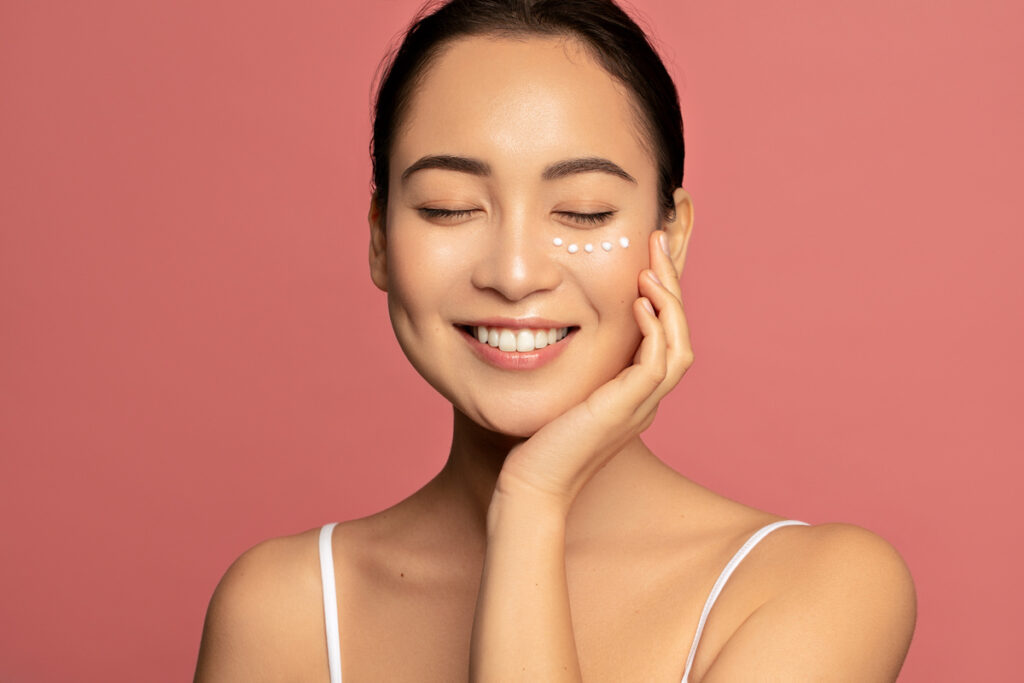
Makeup (if Desired): For best results, apply makeup only after sunscreen has been applied to avoid tugging at eye area tissues during removal processes at night. Use gentle methods when taking it off each evening in order to preserve eyelid tissue health and minimize tugging at eyes and other sensitive parts.
Routine for Nighttime Care: In the evening, follow a similar regimen but without using sunscreen. In addition, using an intensive eye contour cream at night for added hydration and repair may provide extra hydration and repair benefits.
Eye contour creams are tailor-made to address the special needs of delicate eye tissue. By understanding its requirements and selecting an eye cream suitable to your skin type and concerns, you can access all its advantages – ranging from diminishing fine lines and wrinkles to decreasing puffiness and dark circles.
Keep consistency at the core of your skincare regime: by including eye contour cream in your daily regimen – alongside proper cleansing, moisturization and sun protection measures – can yield impressive long-term results. While eye contour cream alone may work wonders in helping achieve youthful-looking skin; holistic approaches including diet management, hydration practices and overall proper skincare practices provide lasting solutions.

